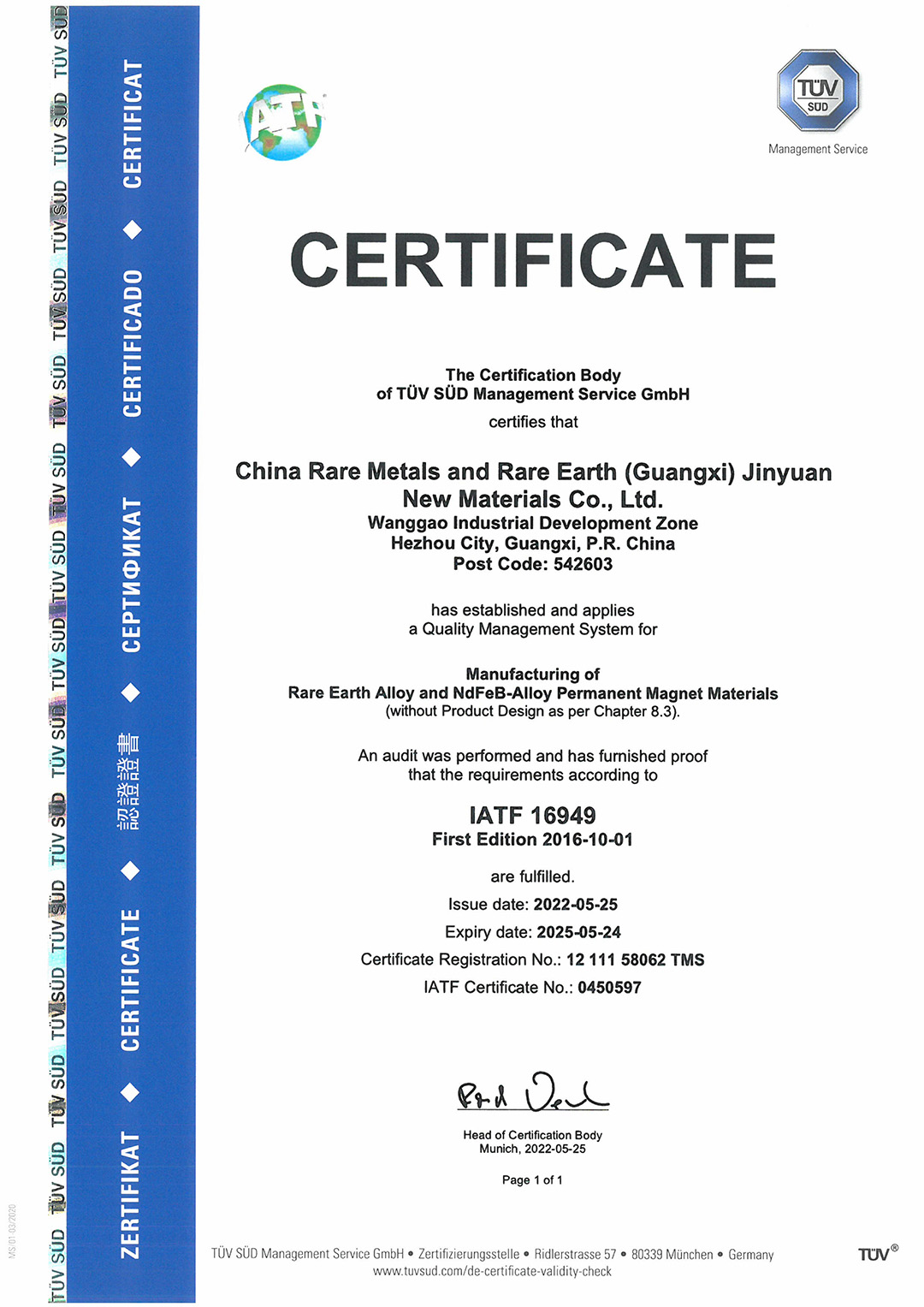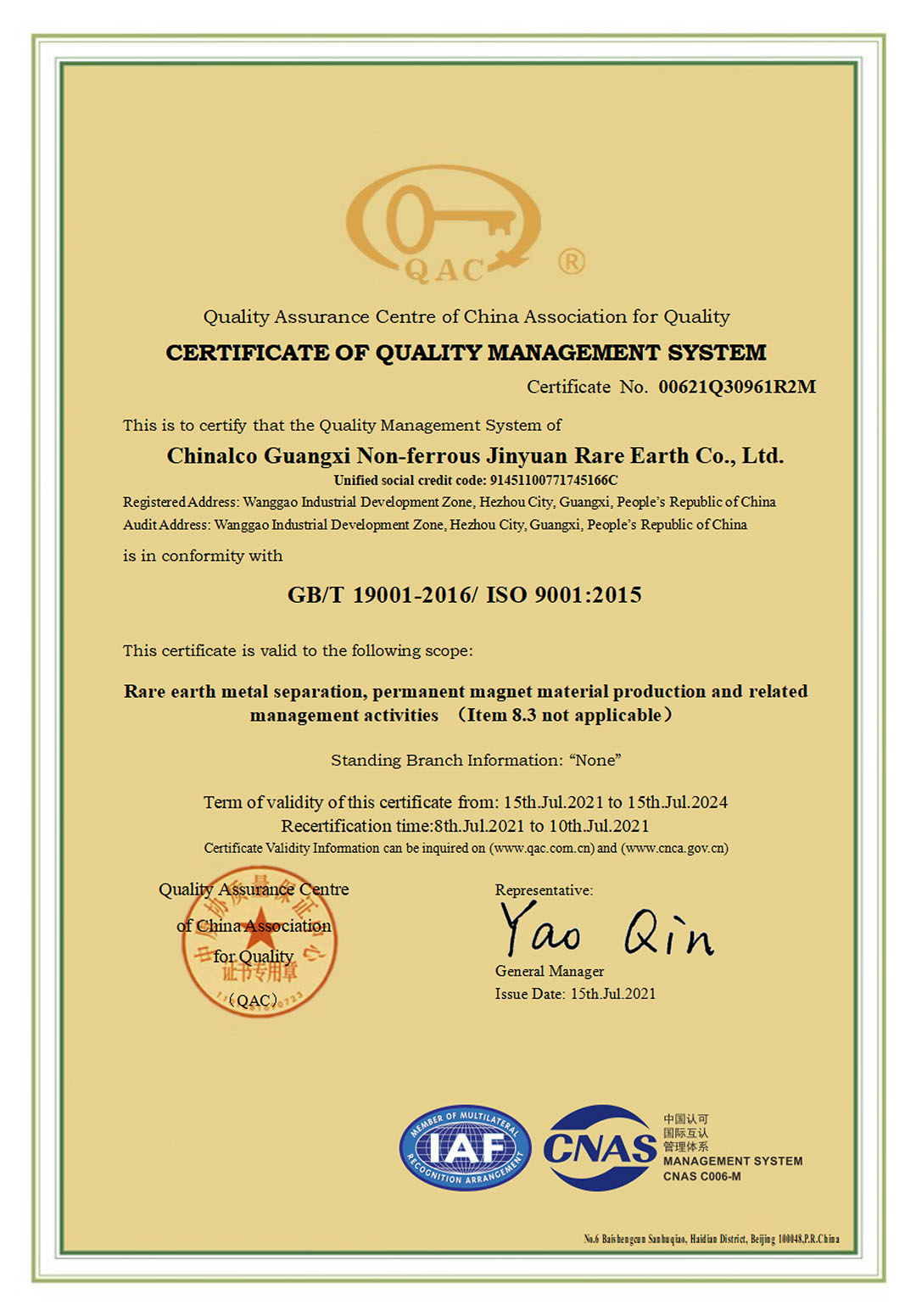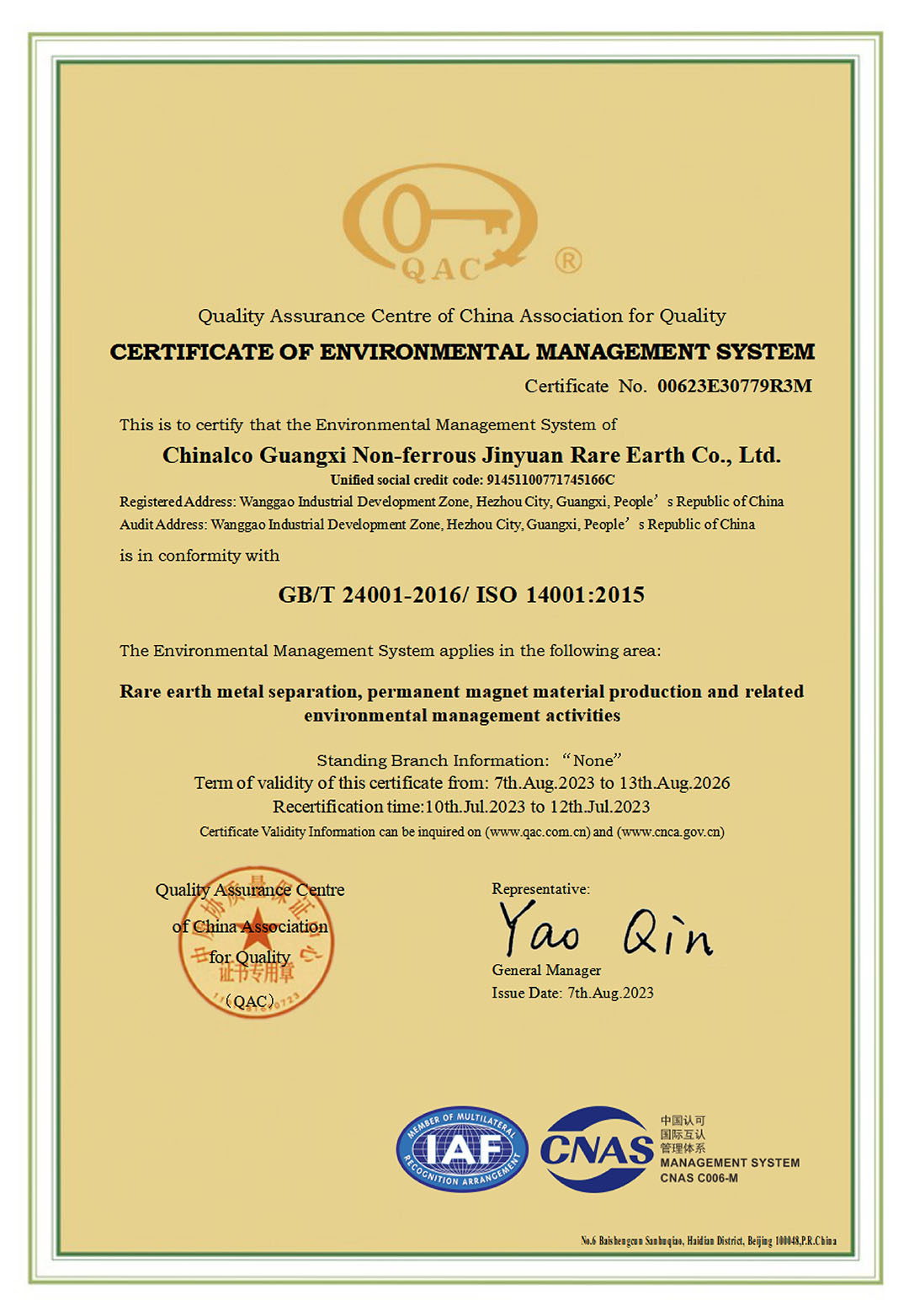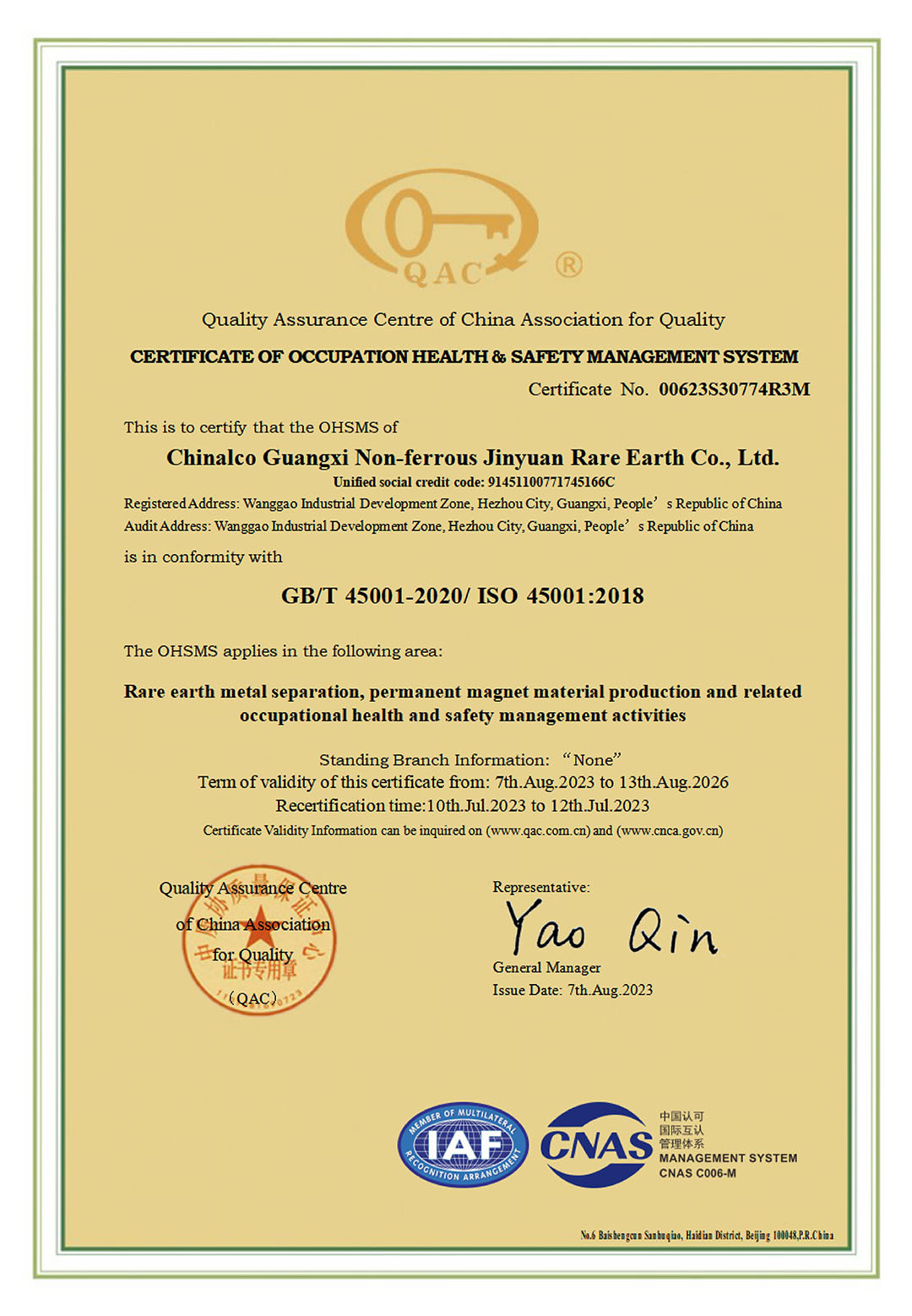Certified by China Rare Earth Group
Rare Earth Oxide Powder Supplier | China Rare Earth Group Certified
As an authorized partner of China Rare Earth Group, Ruisen delivers ultra-high purity Rare Earth Oxides Powder with ISO9001-certified production and REACH/RoHS compliance.
Global Supplier & Worldwide Shipping
Ruisen supplies the following rare earth oxide powders globally on a wholesale basis:
LREE: La₂O₃, CeO₂, Pr₆O₁₁, Nd₂O₃, Sm₂O₃, Eu₂O₃, Pr-Nd Oxide
HREE: Y₂O₃, Gd₂O₃, Tb₄O₇, Dy₂O₃, Ho₂O₃, Er₂O₃, Tm₂O₃, Yb₂O₃, Lu₂O₃
Here, you can order the relevant rare earth oxides based on the needs of your industry application. In addition to standard specifications, we can also provide customized services according to your requirements.
We are proud to tell you that with us, you will receive the most competitive prices and the highest quality rare earth oxides, along with the best one-stop ordering service.
Light Rare Earth Oxides Powder
LREE: Lanthanum (La) to Europium (Eu), atomic numbers 57–63.
Have lower atomic numbers, relatively higher crustal abundance, and are widely used in metallurgy, catalysts, and glass polishing. For example, cerium oxide (CeO₂) is a key component in automotive exhaust catalysts, while neodymium oxide (Nd₂O₃) is critical for permanent magnets.
Light rare earth oxide powders, characterized by lower atomic numbers, are widely used in industry.
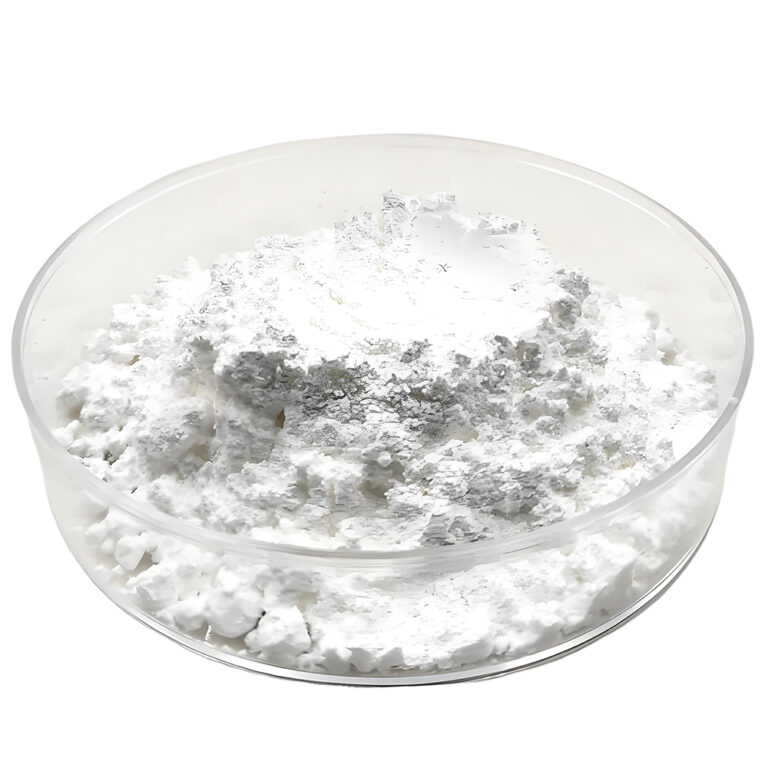
Lanthanum Oxide (La₂O₃)
CAS: 1312-81-8 | Purity: 99.5%-99.99%
Properties: White hygroscopic powder, soluble in acids.
Key Applications:
▶ Optical glass (refractive index enhancement)
▶ Petroleum cracking catalysts
▶ Thermionic emission materials (electron microscopy)
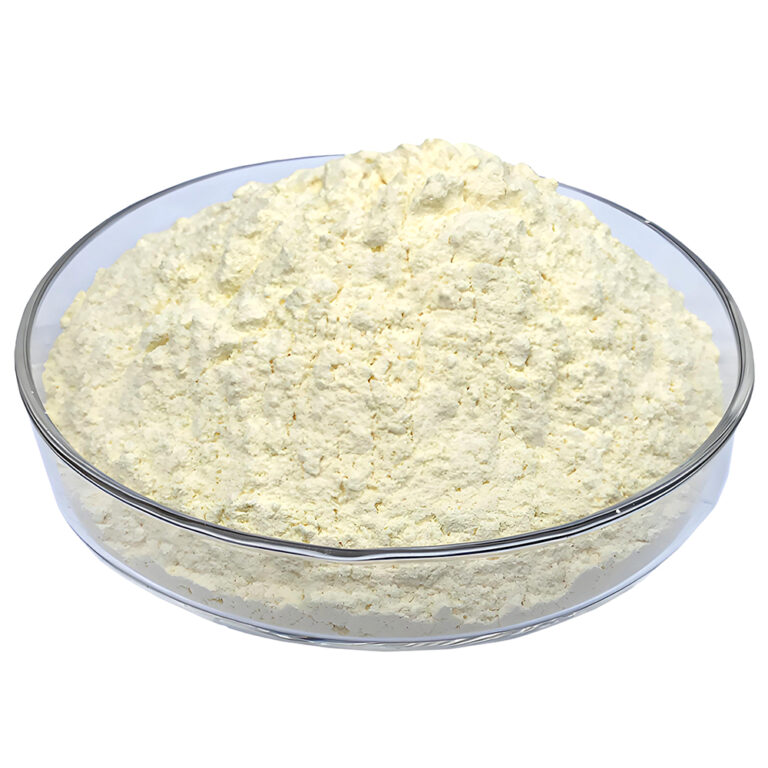
Cerium Oxide (CeO₂)
CAS: 1306-38-3 | Purity: 99.9%-99.999%
Properties: Light yellow polishing powder, reversible redox properties.
Key Applications:
▶ Automotive exhaust catalytic converters (oxygen storage)
▶ Glass decolorizer & UV absorber
▶ CMP slurries (semiconductor wafers)
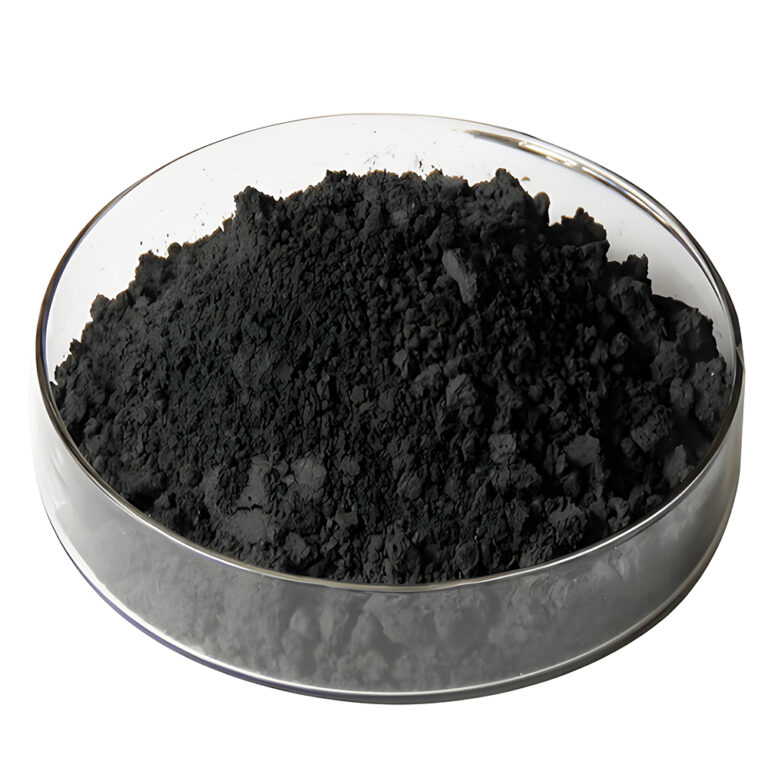
Praseodymium Oxide (Pr₆O₁₁)
CAS: 12036-75-6 | Purity: 99.5%-99.99%
Properties: Black powder, strong oxidizability.
Key Applications:
▶ Fiber optic amplifier dopants
▶ High-temperature ceramic colorants (emerald green)
▶ NiMH battery anode materials
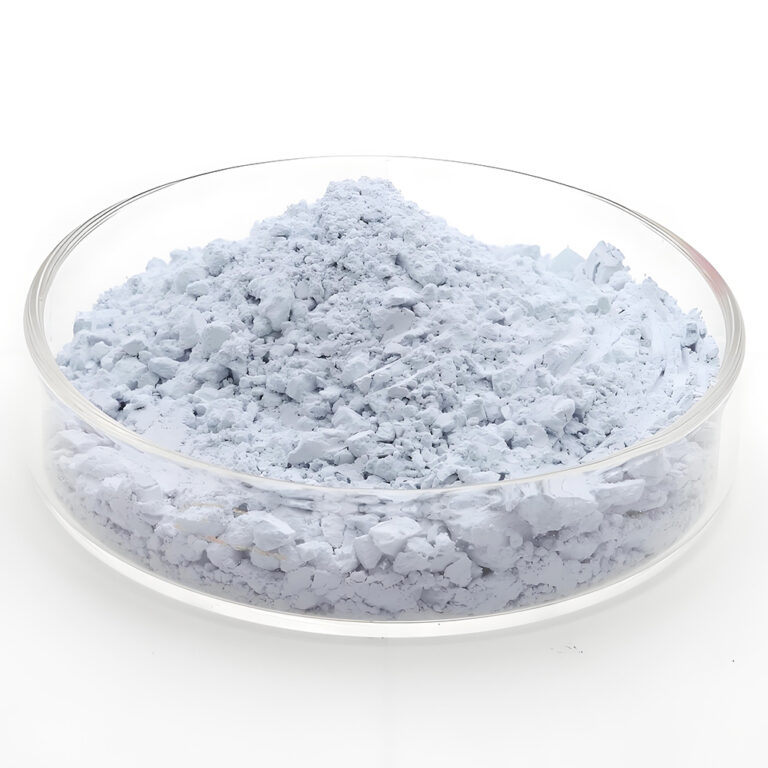
Neodymium Oxide (Nd₂O₃)
CAS: 1313-97-9 | Purity: 99.5%-99.999%
Properties: Lavender powder, critical for magnetic alloys.
Key Applications:
▶ Permanent magnet motors/generators
▶ MRI equipment components
▶ Laser crystal doping (Nd:YAG)
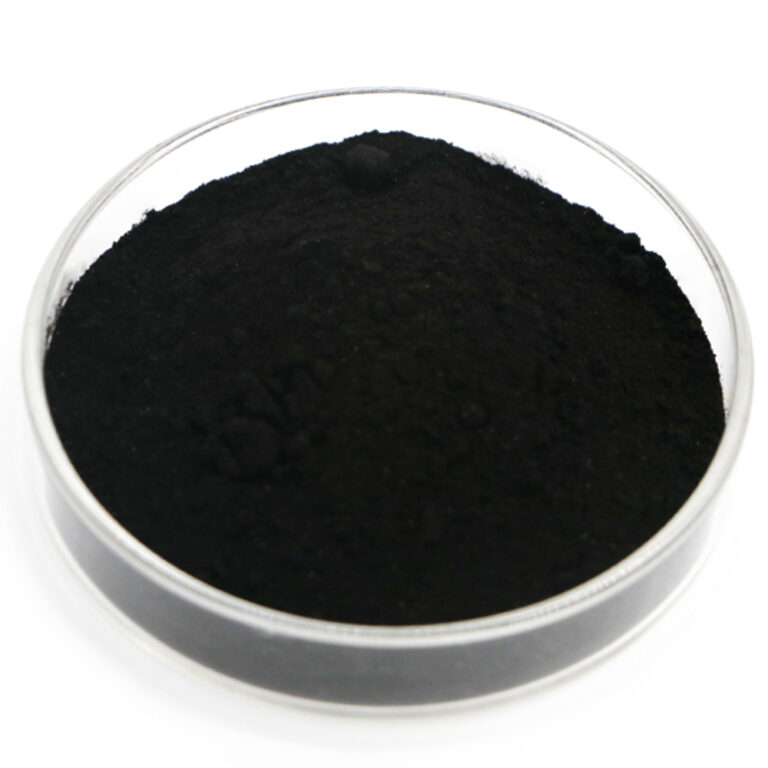
Praseodymium-Neodymium Oxide
Properties: Brownish powder, core raw material for permanent magnets.
Key Applications:
▶ NdFeB magnets (high energy density)
▶ Green ceramic pigments (praseodymium yellow)
▶ Metal alloy additives
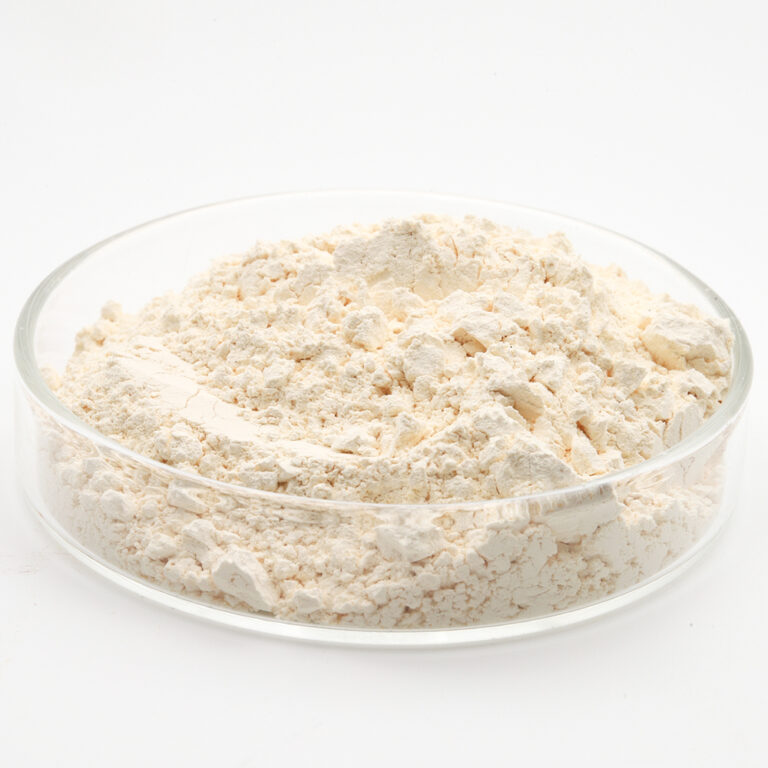
Samarium Oxide (Sm₂O₃)
CAS: 12060-58-1 | Purity: 99.5%-99.99%
Properties: Pale yellow powder, neutron absorption capability.
Key Applications:
▶ Nuclear reactor control rods
▶ Samarium-cobalt magnets
▶ X-ray laser crystal dopants

Europium Oxide (Eu₂O₃)
CAS: 1308-96-9 | Purity: 99.9%-99.999%
Properties: Pink-tinged fluorescent powder.
Key Applications:
▶ LED/phosphor lamp red emission layers
▶ Banknote anti-counterfeiting inks (UV-activated)
▶ Neutron shielding materials
Heavy Rare Earth Oxides Powder
HREE: Gadolinium (Gd) to Lutetium (Lu) (atomic numbers 64–71), plus Yttrium (Y, atomic number 39), Yttrium is grouped with HREE due to its chemical similarity to heavy rare earths.
Have higher atomic numbers, lower crustal abundance, and are harder to isolate, but they exhibit unique optical and magnetic properties. Dysprosium oxide (Dy₂O₃) enhances high-temperature magnets, erbium oxide (Er₂O₃) is vital for fiber-optic amplifiers, and yttrium oxide (Y₂O₃) is used in phosphors and ceramics.
Heavy rare earth oxide powders, characterized by their rarity and unique functions in high-tech industries, are highly valued.
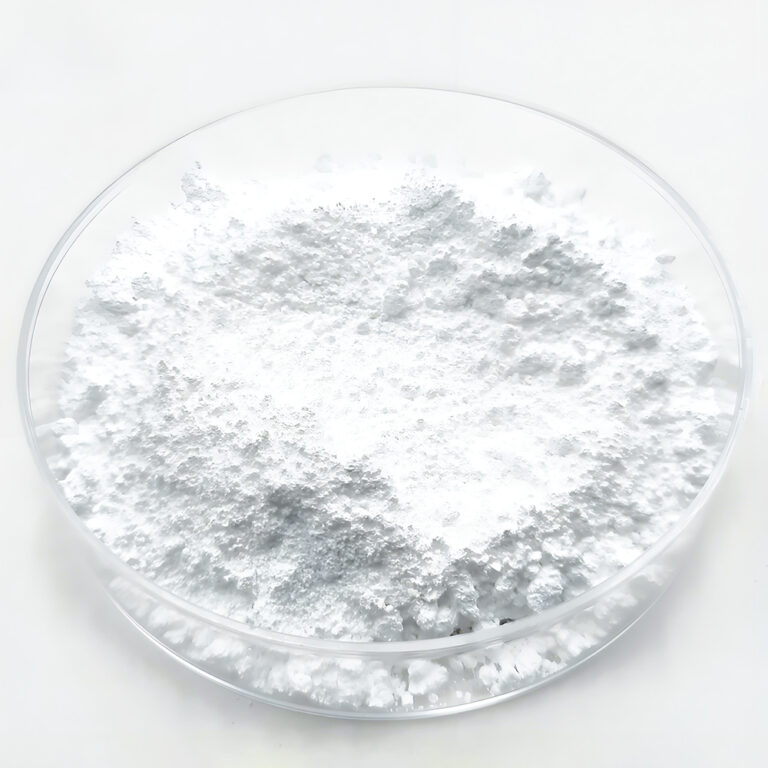
Gadolinium Oxide (Gd₂O₃)
CAS: 12064-62-9 | Purity: 99% - 99.999%
Properties: White powder, insoluble in water, soluble in acid, slightly magnetic, hygroscopic. High melting point (2330-2420 °C).
Key Applications:
▶ MRI contrast agents
▶ Nuclear reactor neutron absorber materials
▶ Phosphors for displays and lamps
▶ Additives in ceramics and special glasses
▶ High-temperature alloys
▶ Lasers and optical applications
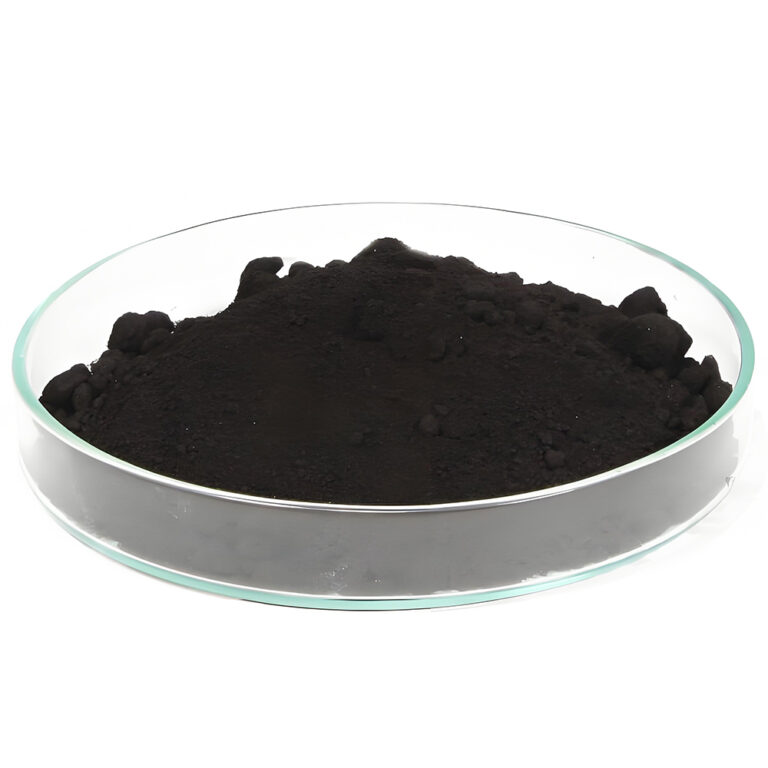
Terbium Oxide (Tb₄O₇)
CAS: 12037-01-3 | Purity: 99% - 99.999%
Properties: Dark brown to black powder, insoluble in water, soluble in acid, hygroscopic, high thermal and chemical stability. Exhibits semiconducting and luminescent properties.
Key Applications:
▶ Phosphors for displays and lamps
▶ Additive in nuclear fuel
▶ Optical glass and films
▶ Ceramics
▶ Electronic materials
▶ Magneto-optical storage
▶ Additive in yttrium aluminium garnet and yttrium iron garnet

Dysprosium Oxide (Dy₂O₃)
CAS: 1308-87-8 | Purity: 99% - 99.999%
Properties: White to yellowish powder, insoluble in water, soluble in acids, hygroscopic. Possesses excellent magnetic properties.
Key Applications:
▶ Additive in magneto-optical recording media
▶ Special ceramics and glasses
▶ Phosphors
▶ Additive in nuclear reactor control rods
▶ Dysprosium metal production
▶ Catalysts
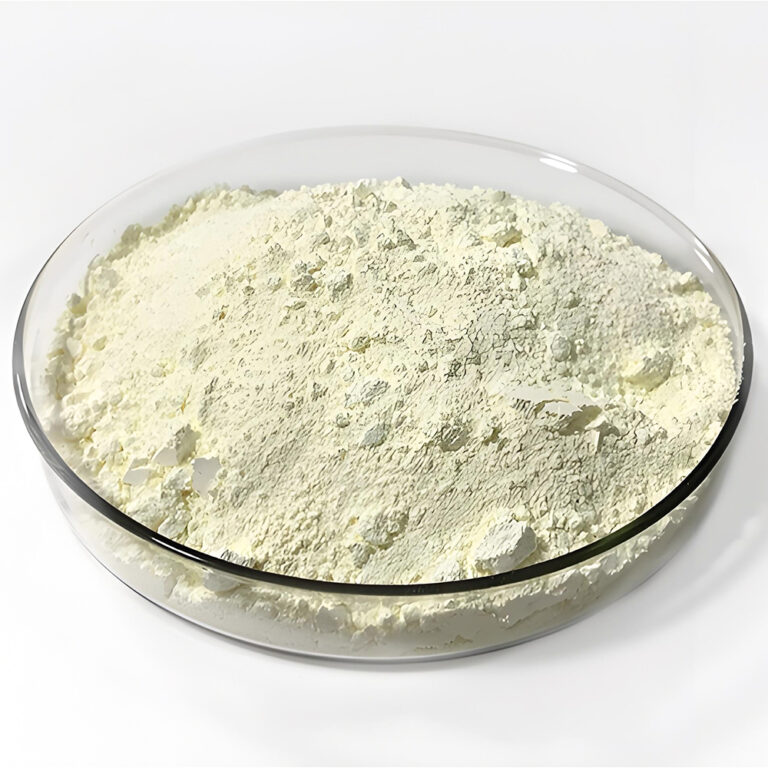
Holmium Oxide (Ho₂O₃)
CAS: 12055-62-8 | Purity: 99% - 99.999%
Properties: Pale yellowish powder, insoluble in water, soluble in strong acids. Exhibits unique magnetic and optical properties.
Key Applications:
▶ Specialty glass for calibration of spectrophotometers
▶ Lasers
▶ Control rods in nuclear reactors
▶ Phosphors
▶ Ceramics
▶ Additive in metal alloys
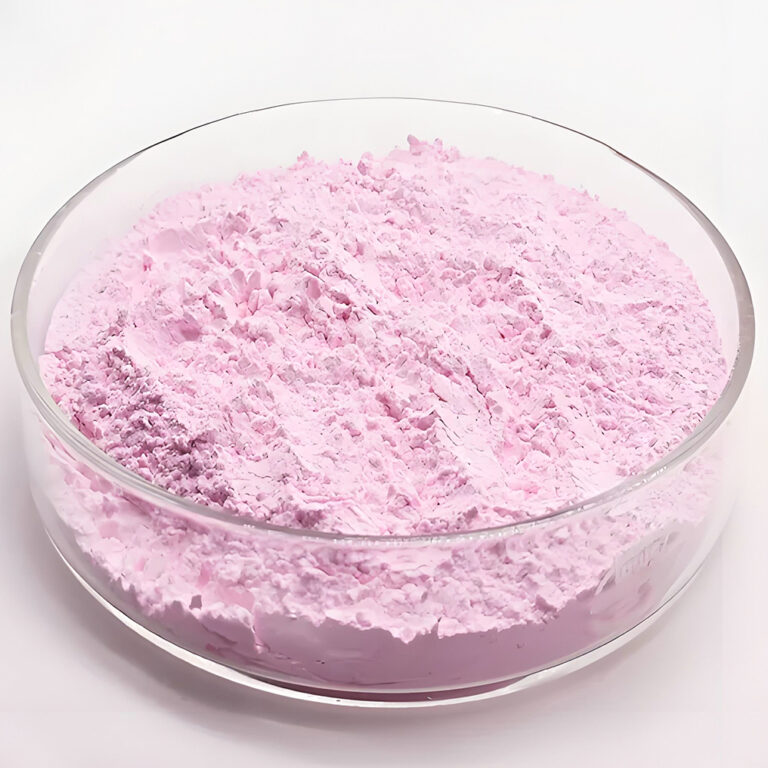
Erbium Oxide (Er₂O₃)
CAS: 1312-63-6 | Purity: 99% - 99.999%
Properties: Pink powder, insoluble in water, soluble in strong acids. Exhibits characteristic pink color and unique optical properties.
Key Applications:
▶ Colorant for glass and ceramics
▶ Optical fibers and amplifiers
▶ Lasers
▶ Nuclear reactor control materials
▶ Phosphors
▶ Infrared absorbing glass
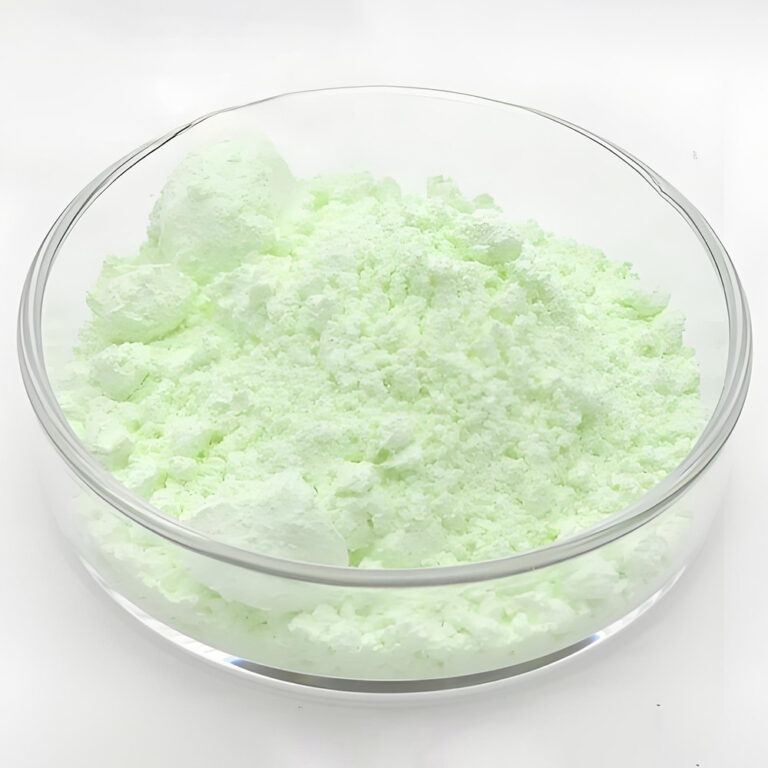
Thulium Oxide (Tm₂O₃)
CAS: 12036-44-1 | Purity: 99% - 99.999%
Properties: White to pale green powder, insoluble in water, soluble in strong acids. Thermally stable with unique luminescent and magnetic properties.
Key Applications:
▶ Lasers (especially fiber lasers for medical and industrial use)
▶ Specialty glass and ceramics (coloring and properties enhancement)
▶ Phosphors (X-ray phosphors, UV-emitting materials)
▶ Nuclear applications (neutron absorption)
▶ Catalysis
▶ Biomedical applications
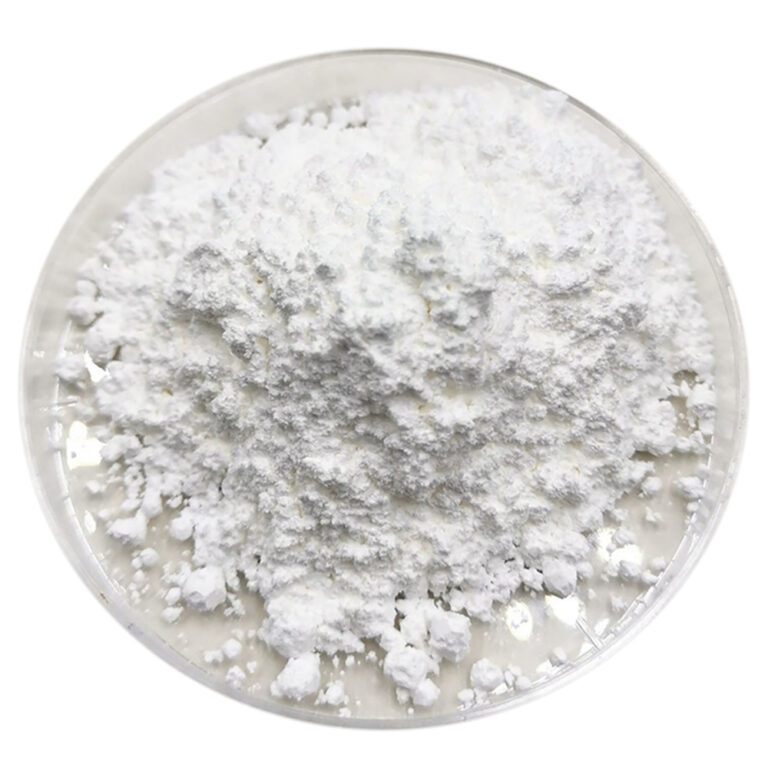
Ytterbium Oxide (Yb₂O₃)
CAS: 1314-37-0 | Purity: 99% - 99.999%
Properties: White powder, insoluble in water, soluble in strong acids. Exhibits high density and unique optical and electronic properties.
Key Applications:
▶ Fiber optic communication (dopant in optical fibers)
▶ Lasers (high-power solid-state lasers)
▶ Ceramics and glass (thermal barrier coatings, infrared filters)
▶ Phosphors (displays, security inks)
▶ Catalysis
▶ Nuclear applications
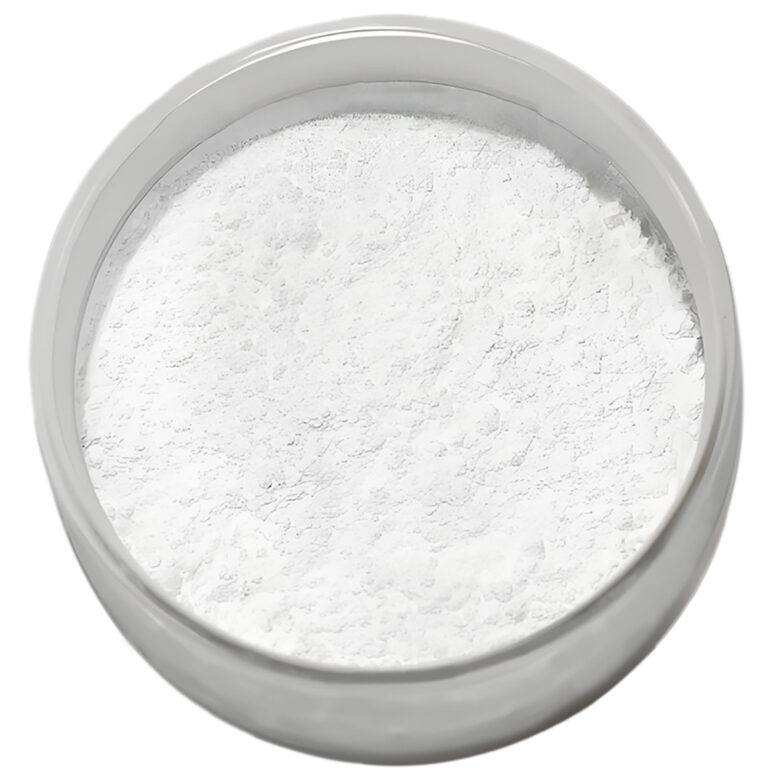
Lutetium Oxide (Lu₂O₃)
CAS: 12030-75-0 | Purity: 99% - 99.999%
Properties: White powder, insoluble in water, soluble in strong acids. Exhibits high density, high melting point, and unique scintillation properties.
Key Applications:
▶ Scintillation detectors (medical imaging - PET scanners)
▶ High-refractive-index glass
▶ Ceramics (high-temperature applications)
▶ Phosphors
▶ Lasers
▶ Catalysis
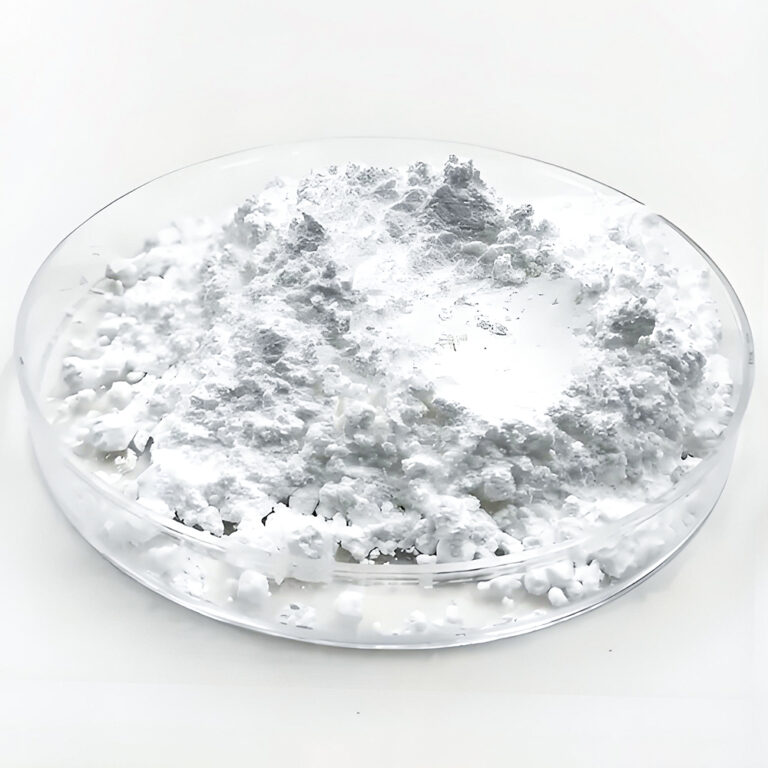
Yttrium Oxide (Y₂O₃)
CAS: 1314-36-9 | Purity: 99% - 99.999%
Properties: White to off-white powder, insoluble in water, soluble in dilute acids. High melting point, good thermal conductivity, and excellent chemical stability.
Key Applications:
▶ Phosphors (TV and display screens - especially red)
▶ Ceramics (high-temperature materials, thermal shock resistance)
▶ Lasers (solid-state lasers)
▶ High-temperature superconductors
▶ Specialty glass
▶ Catalysis
▶ Coatings (thermal barrier coatings)
News & Blog
Follow Our News here for the latest industry information.
MP Materials reaches multi-billion dollar deal with US Department of Defense
MP Materials said on July 10 that it has reached a multi-billion dollar public-private partnership agreement with the US Department of Defense. The deal will make the US Department of Defense the company’s largest shareholder after acquiring preferred shares worth $400 million.
India plans to incentivize rare earth production
The Indian government is planning to offer an incentive package of up to 25 billion rupees ($290 million) to private companies that produce rare earth magnets, according to people familiar with the matter.
Ramaco Resources Releases Preliminary Economic Assessment Report for Brook Mine Rare Earth Deposit
Ramaco Resources has recently received positive preliminary economic assessment results from Fluor Corporation, confirming the commercial and technical feasibility of its Brook Mine rare earth deposit.
Atlantic Strategic Minerals’ Virginia Mineral Processing Plant Officially Put into Production
On June 26, Atlantic Strategic Minerals (ASM) announced that its mining and mineral processing plant in Virginia has officially entered commercial production.
Follow Our Blogs to learn more about rare earth elements.
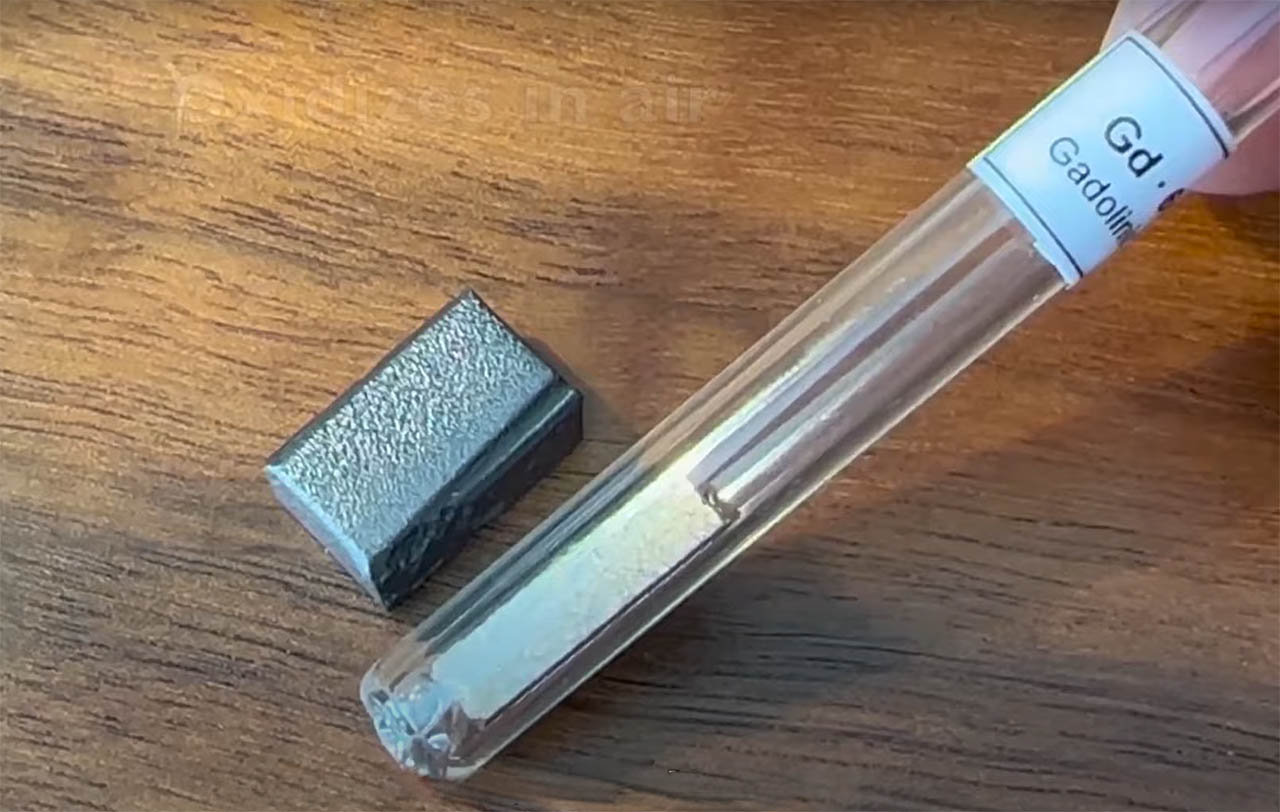
What is Gadolinium Oxide? A Comprehensive Review
Gadolinium Oxide, stood for by the chemical formula Gd2O3, is a white, not natural substance of enormous technological importance. This material comes from the rare earth oxide household. It creates from the mix of the component gadolinium with oxygen.
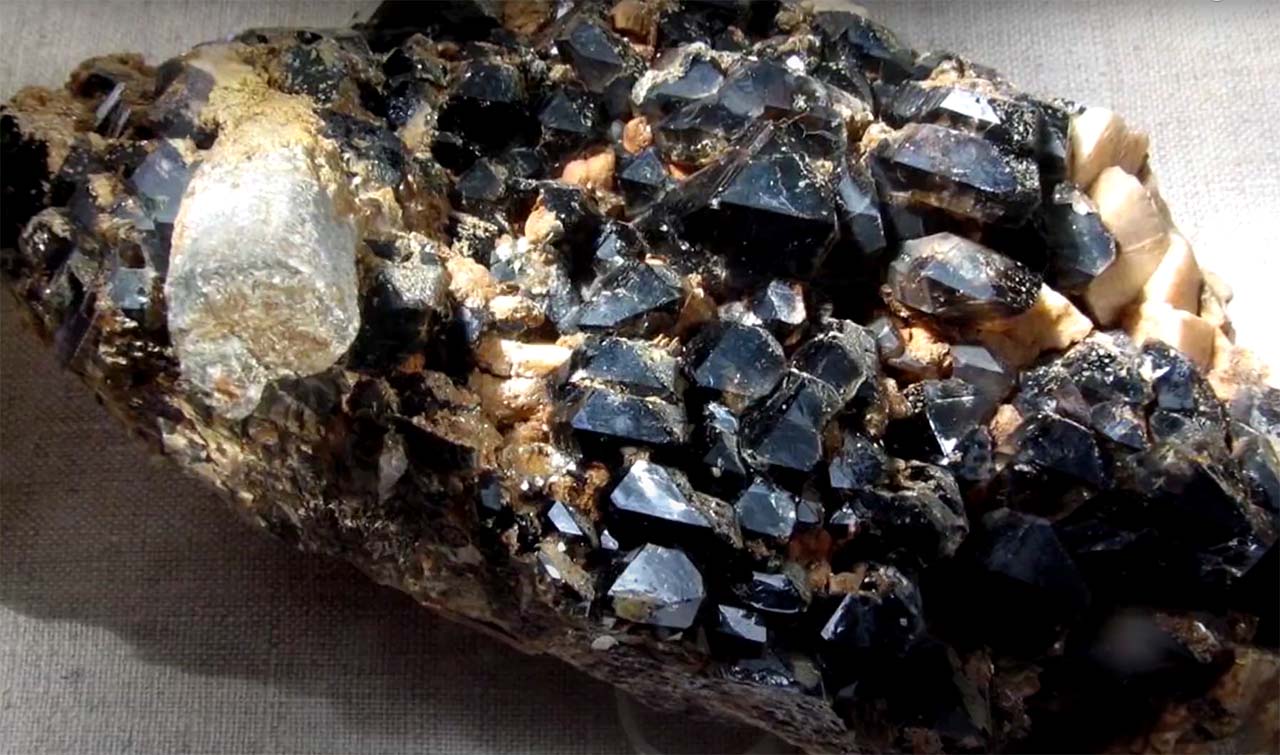
Samarium Oxide (Sm2O3): Properties & Secret Applications
Samarium Oxide (Sm2O3) stands as a crucial compound within the family members of rare earth elements. This not natural material, made up of samarium and oxygen, provides as a fine, pale-yellow powder. It has a special mix of thermal, optical, and catalytic properties.
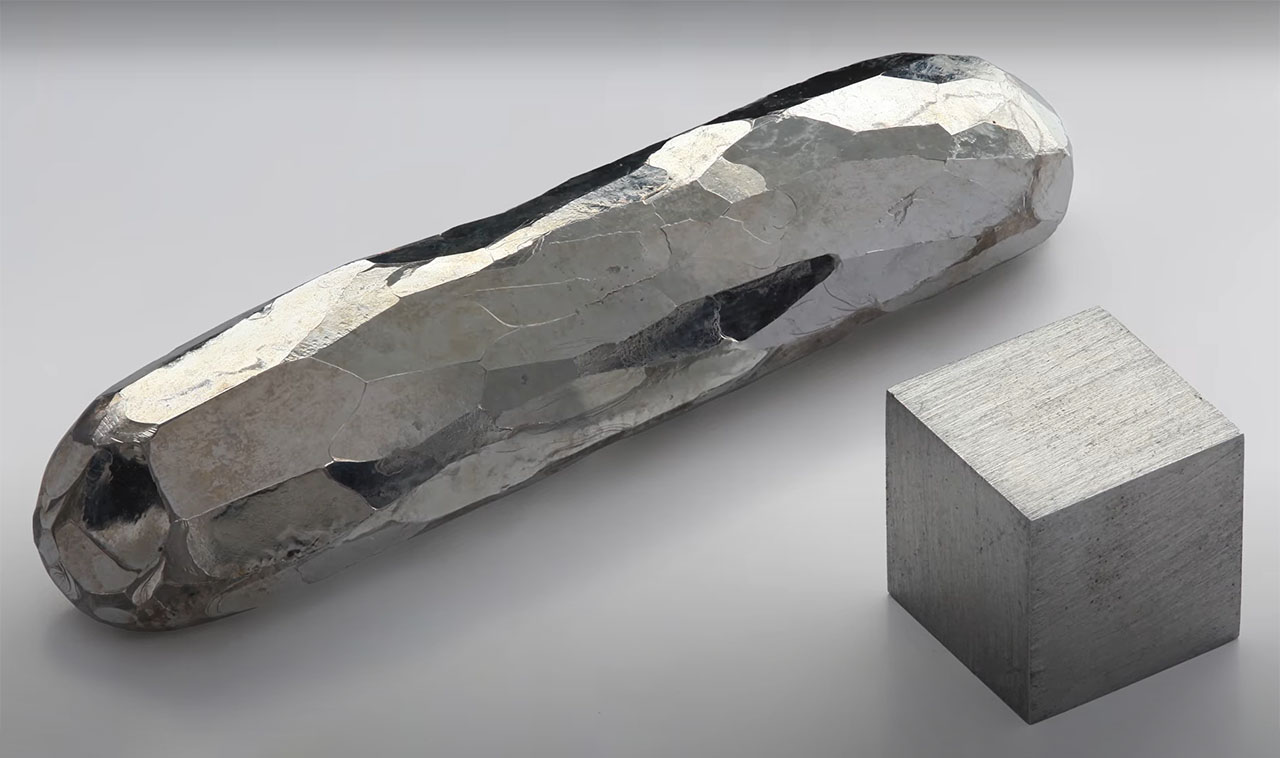
Dysprosium Oxide (Dy2O3): A Comprehensive Guide
Dysprosium Oxide (Dy2O3), commercially known as dysprosia, stands as an essential substace within the rare earth elements group. This sesquioxide of dysprosium is a cornerstone material for countless sophisticated technologies. It provides as a penalty, white, and slightly hygroscopic powder.
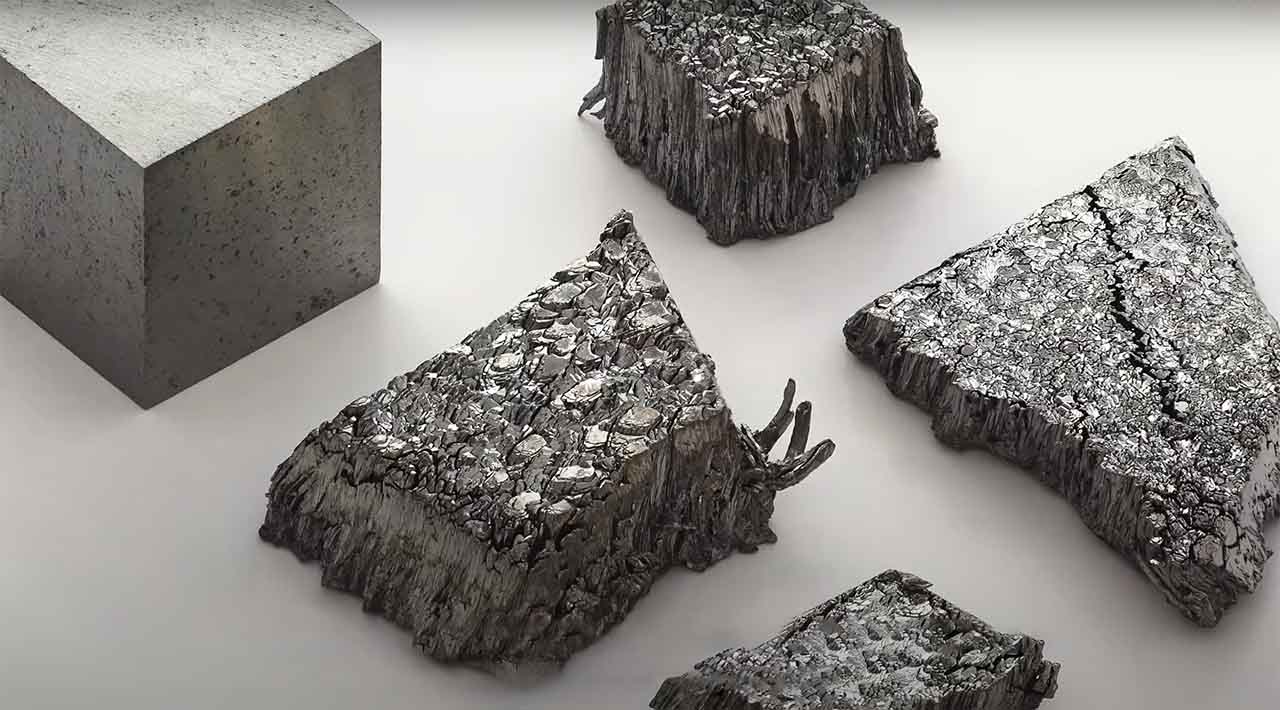
Lutetium Oxide: An Overview to Properties and Applications
Lutetium Oxide (Lu2O3) stands as a vital innovative material within the lanthanide collection of rare earth components. Producers typically generate this substance as a penalty, high-purity Lutetium Oxide Powder.

